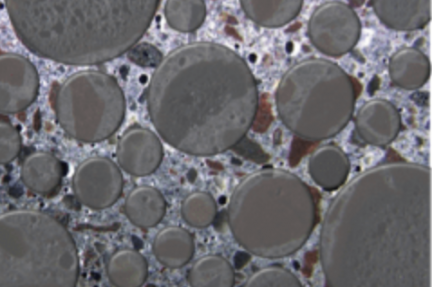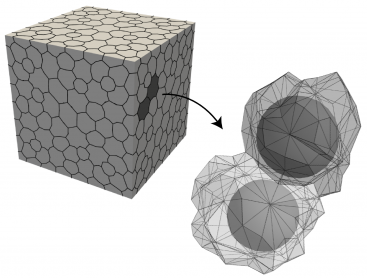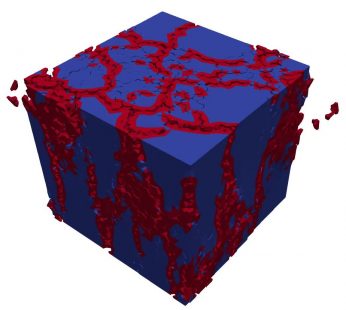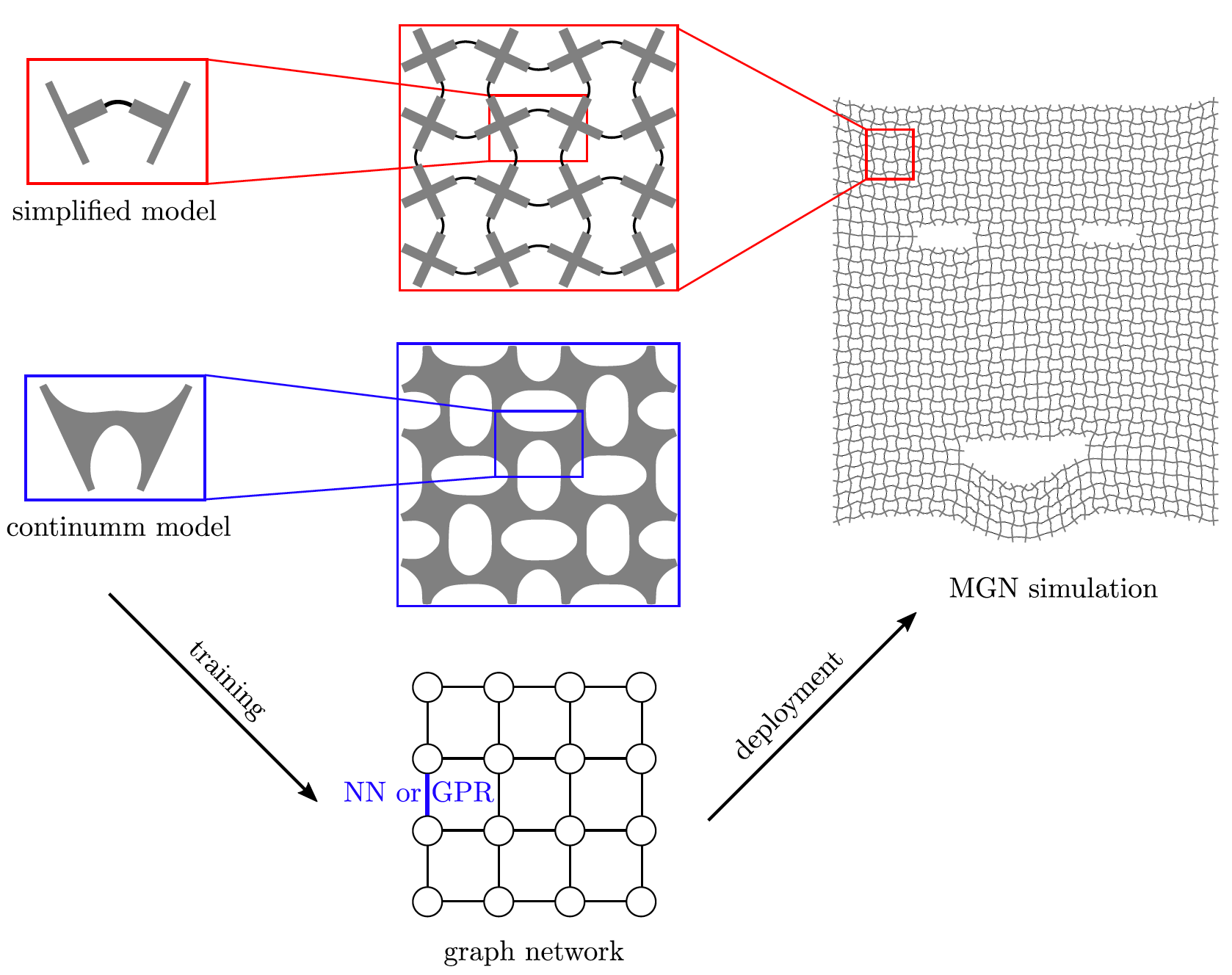Research
Defining Scientific Computing Paradigm of Next Generation
The classic field of computational science has experienced deep integrations with modern artificial intelligence in the past decade. Our group leads the development of scientific computing software based on high-performance computing architecture (e.g., JAX) so that powerful computational tools (e.g., the Finite Element Method) are enhanced with unprecedented features, such as being differentiable or gaining GPU acceleration. One representative work from our group is the JAX-FEM software.

Relevant open-source code: JAX-FEM
Metal Additive Manufacturing: Hybrid Physics-Based and Data-Driven Simulation
Metal additive manufacturing techniques (e.g., powder bed fusion or direct energy deposition) are widely used in aerospace, medical, automotive, energy, and other fields. Numerical modeling and simulation have been a powerful tool to deepen the understanding and improve this process. Our group specializes in building hybrid physics-based and data-driven strategy for modeling and simulation of the process-structure-process (PSP) relationship.

Relevant open-source code: JAX-AM

Relevant open-source code: Physics_informed_AM
Discrete Modeling of Infrastructure Materials
To develop more resilient and durable next-generation infrastructure, the understanding of the behavior and failure mechanisms of materials across different length scales is critical. Our group utilizes the numerical framework of Lattice Discrete Particle Model (LDPM) to simulate the response of those quasi-brittle materials, including extra-terrestrial infrastructure materials (e.g., construction materials on Mars).

Aggregate particles

Lattice Discrete Particle Model (LDPM)

Numerical simulation

Mechanical response
Relevant open-source code: JAX-LDPM
Topology Optimization and Mechanical Metamaterials
Mechanical metamaterials are materials whose properties are mainly governed by their geometric microstructures. The interesting properties of mechanical metamaterials include auxeticity (i.e., a negative Poisson's ratio), shape morphing, tunable band structures, etc. Our group develops AI-enabled methods for scalable simulation of mechanical materials. We focus not only on the forward prediction of the mechanical responses, but also on the rational inverse design of such materials.

Graph neural network for simulating metamaterials

Data-driven computational homogenization scheme
Relevant open-source code: MGN, NN-based-homogenization
Funding



